Table of Contents
Introduction
DUNU is one of the older chifi companies that I know of that managed to survive all the way into the “new world”, refreshing its old “DK” series lineup and further market-shaking releases such as the first (and currently only) pure-Beryllium dome dynamic driver IEM, the Luna.
I still have fond memories of the original DUNU Trident DN-12, one of my first encounters with the chifi hype train that I was also personally a part of. Of course, nearly ten years later I’ve since learnt a lot and changed my ways, but it’s still a nice memory to go back to knowing that at some point I, too, was once a bright-eyed, enthusiastic novice seeing the good in every set of headphones I listened to rather than the pedantic, jaded veteran that I am today.
Hot on the heels of the Luna comes the Zen, a single dynamic driver IEM with a magnesium alloy diaphragm, touted to be the result of “trickle-down technology” presumably from the Luna itself. And at a price of $700 which is a whole grand under the Luna’s $1,700 price tag, certainly an IEM that’s far more accessible.
Now I wasn’t the biggest fan of the Luna; while it had great technicals and was a big step forward for IEM technology, it was severely bottlenecked by its tuning and so was rather hard to recommend in general. The Zen has the pricing to be better general recommendation for sure, but it’s also not cheap for a dynamic driver IEM.
So I guess now IEF attempts to answer the question: how good is the Zen actually?
Product page: https://www.linsoul.com/products/dunu-zen
MSRP: $700
Driver configuration: single DD
This Zen was kindly provided by Linsoul.
Non-audio opinions
My unboxing posts are pretty much the only times I’ll ever talk about build quality, accessories and the like. I’m not really the person to ask about these things as I don’t really care about them that much.
Accessories:
- Adapters for cable
- 2.5mm balanced
- 3.5mm SE
- 4.4mm balanced
Cable: 8-wire round braid. On the stiffer side, not my favourite.
Connection: MMCX.
Build: metal build, pretty heavy as far as IEMs go. No complaints on this end.
Fit: heavy (as mentioned) but my ears are fine with the coin-shaped build.
Isolation: average.
Initial impressions
- Tuning-wise, the Zen is… safe. For the most part I don’t have any complaints, though I’m not exactly wowed by it either.
- There is virtually zero air in the Zen’s presentation. Calling it “muffled” would be going too far, but the Zen is at the point where it’s absolutely lacking treble extension, so instruments like percussions just sound dead (or at the very best, muted).
- Resolution is alright, but definitely a few steps down from the Luna. Not sure if it’s $700 material here.
- Kind of a “nothing” IEM if I’m brutally honest. Not quite sure what its target audience is or what it’s supposed to specialise in.
Measurements
All data has been uploaded to the Graph Comparison Tool.
Support me on Patreon to get access to tentative ranks, the exclusive “Clubhouse” Discord server and/or access to the Premium Graph Comparison Tool! My usual thanks to all my current supporters and shoutouts to my big money boys:
“McMadface”
“Galactus”
Will
Man Ho
Denis
Alexander
Tiffany
“Desertscrub”
Alesaiko



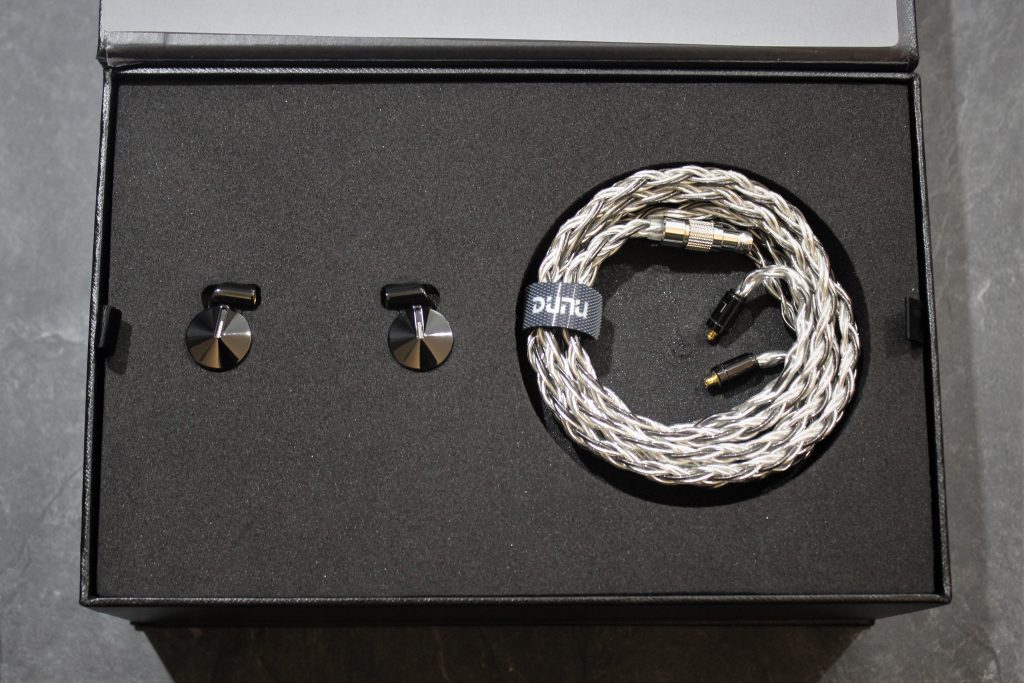
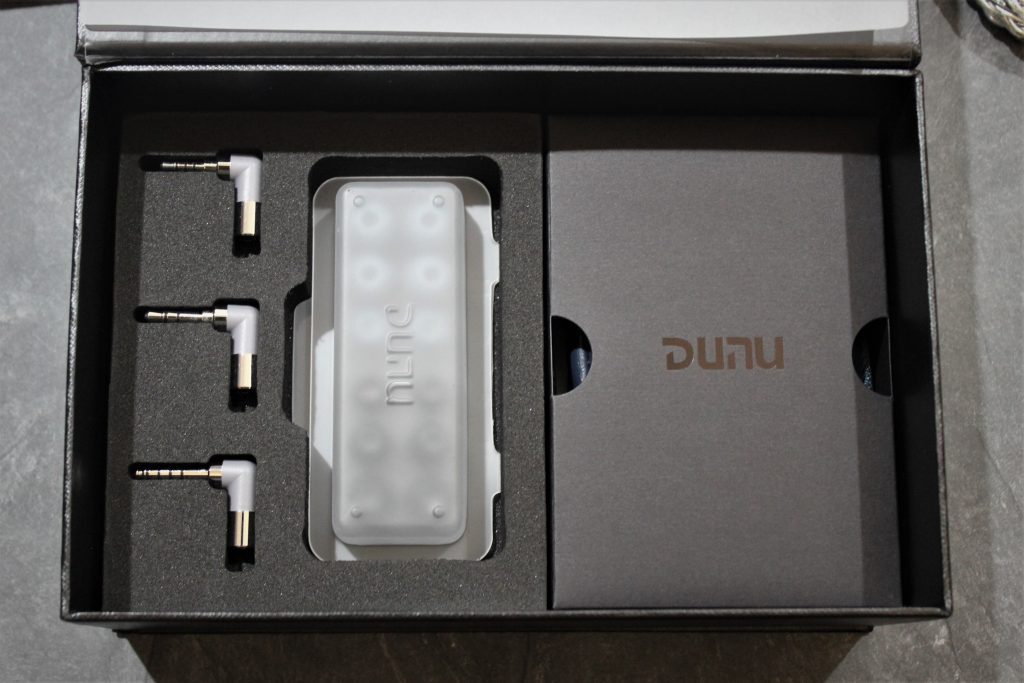
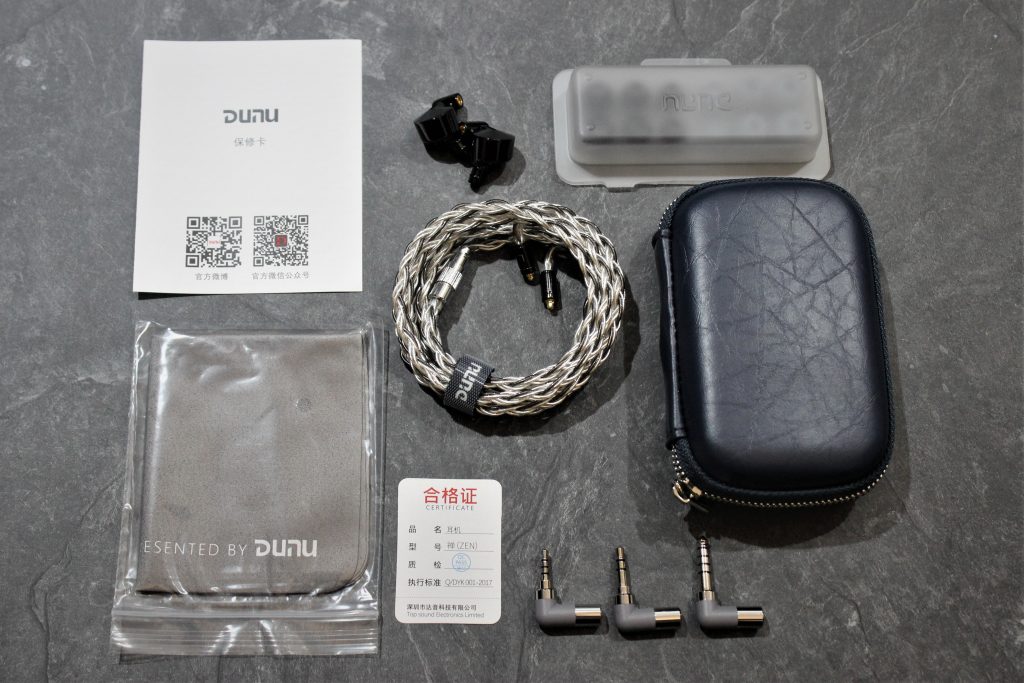
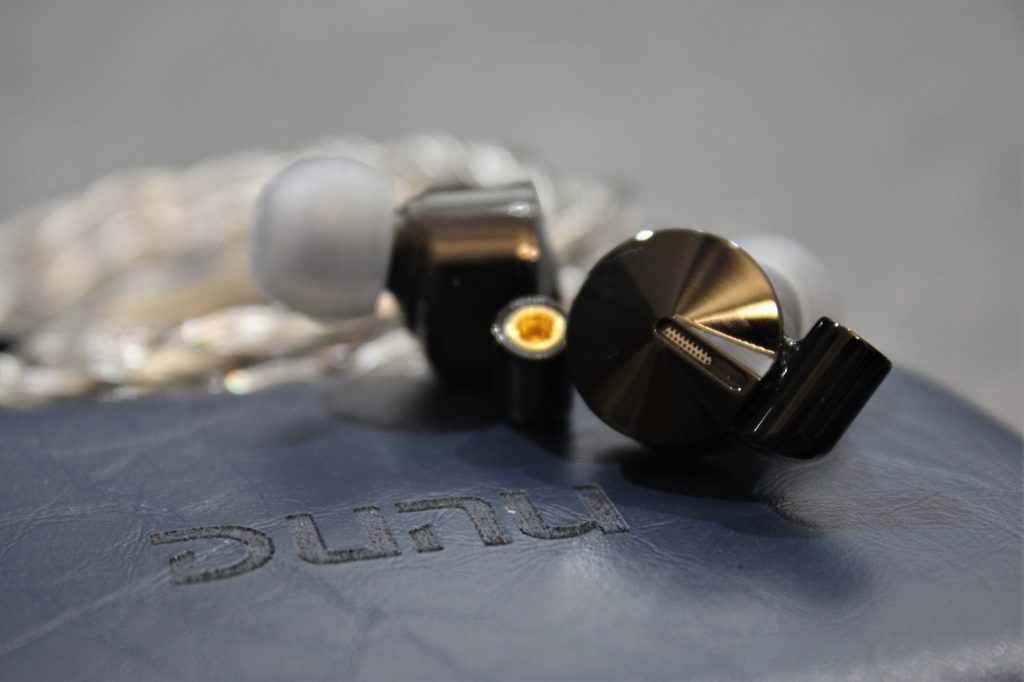

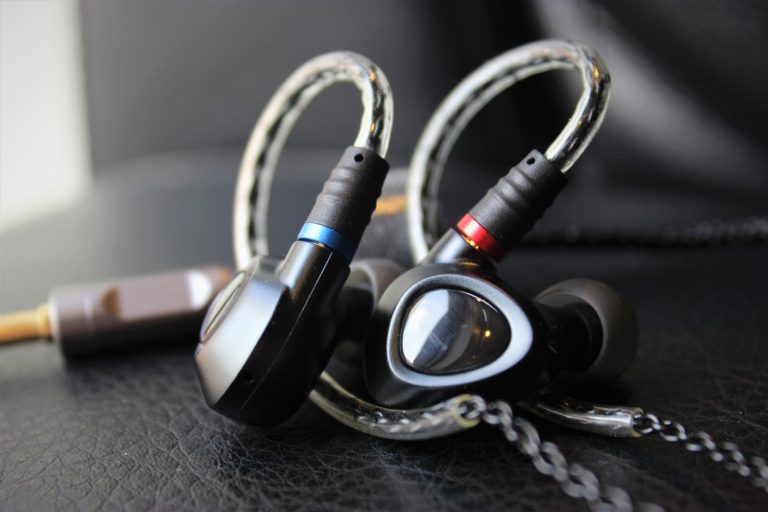




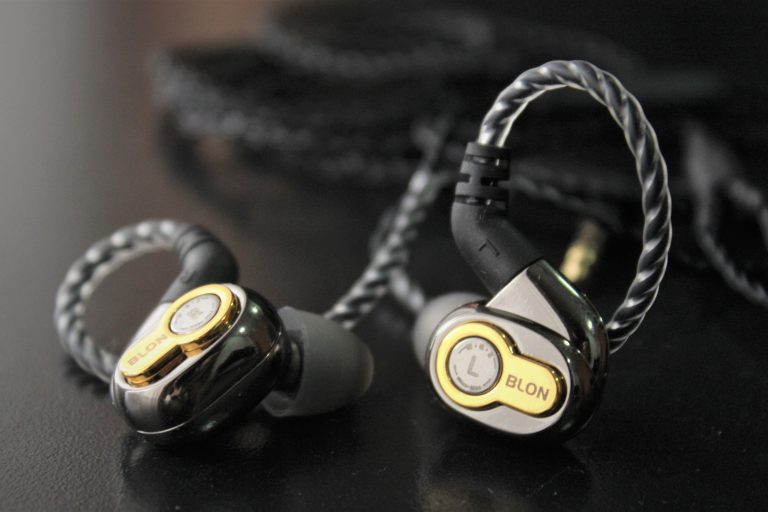

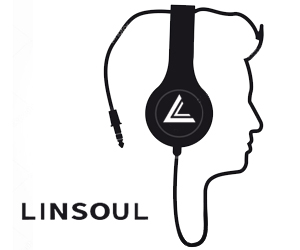


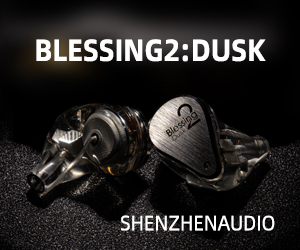
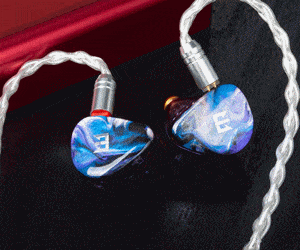

17 thoughts on “DUNU Zen: Unboxing”
The final A8000 is a pure beryllium foil driver sourced from Materion, the same supplier for the DUNU Luna’s beryllium foil driver.
Yeah, I’ve been wondering why Crin keeps mentioning the Luna is the only one.
He’s heard both too.
Not sure where I read it, but apparently the A8000 is only beryllium for the dome whereas the Luna is full Be for the whole diaphragm surface including the dome. Someone out there could correct me on this, but that’s why I made that comment.
From what I understand, the Final A8000’s driver uses a pure beryllium dome and a conventional PU surround, similar in design to the 12mm driver used in the Sony IER-Z1R. But the DUNU LUNA driver uses a pure beryllium ‘W-shaped’ diaphragm and an elastomer ‘rubber’ surround, similar in design to the driver used in the Focal Utopia headphone.
Give about 100 hours of break in. Seems to help most DD IEMs. My ZEN sounds much better than you describe.
yea yea everyone hate to admit that the gear they bought is not sound absolutely spectacular, at least to somebody else’s ears.
Break in/burn in as a phenomenon where the headphone physically changes as a product of being run for a long time does not exist. Your brain & your perception of the headphone changes, the headphone does not. Were it possible to create an A/B blind test for the same headphone burnt in vs not burnt in, you would not be able to accurately tell them apart.
“Break in/burn in as a phenomenon where the headphone physically changes as a product of being run for a long time does not exist.”
That’s a strong, categorical statement.
Headphones are fundamentally designed using a flexible diaphragm subject to rapid and sometimes extreme movement. It’s possible and even probable that these materials stretch, deform or become more/less flexible over time, and as temperature or atmospheric pressure changes. This would naturally affect the sound.
I would expect the amount of change would vary a lot by diaphragm materials and driver types. I would also expect that the effect on the sound won’t always be noticeable by most/all listeners.
But I think saying categorically that it does not happen is wrong, when everything we know about materials science says that it probably does, to some extent.
The mechanical properties of these materials are not changing on a timescale you will ever perceive in your lifetime since they are designed to be operating well within mechanical stress tolerance before deformation. If anything the housing of a typical IEM/headphone/speaker changes more over time just sitting still or being used, moisture, heat, pressure on the joints. Even those differences won’t be perceivable. A driver that noticeably changes even over years is a poorly designed driver.
If you think so. So, you have never had a new car whose radio system sounds a bit limited when you first hear it, then a month or two later it sounds much better, especially the bass. That is speaker break in. Electronics and cables do it too, but its not as big a change and many miss it.
Lmao break in doesnt exist there are studies and experiment over this already.
U are just used to it not that it changes anything mechanically from the driver side
Just think about it. A device needs to sound great immediately or more realistically in an hour or two (or it will be sent back).
The human brain is what is being broke in. I rotate between 5 sets of headphones/IEMs and I see how my hearing takes an hour or two to hear the best out of a device. Did the device change, of course not. Did my perception change, absolutely 100%.
The rotation I do makes every IEM/Headphone sound fresh. I do this to avoid boredom with a particular sound. This keeps me from buying something new every month. That plus EQ.
The KB EAR Believe is a pure Be driver as well.
dudududududududu shit trebles! morons hahahahahhaha
even worse than ex1000 lol
nanoporous carbon my ass more like coated with shark oil
Have you tried the Zen Pro? what are your thoughts on that?